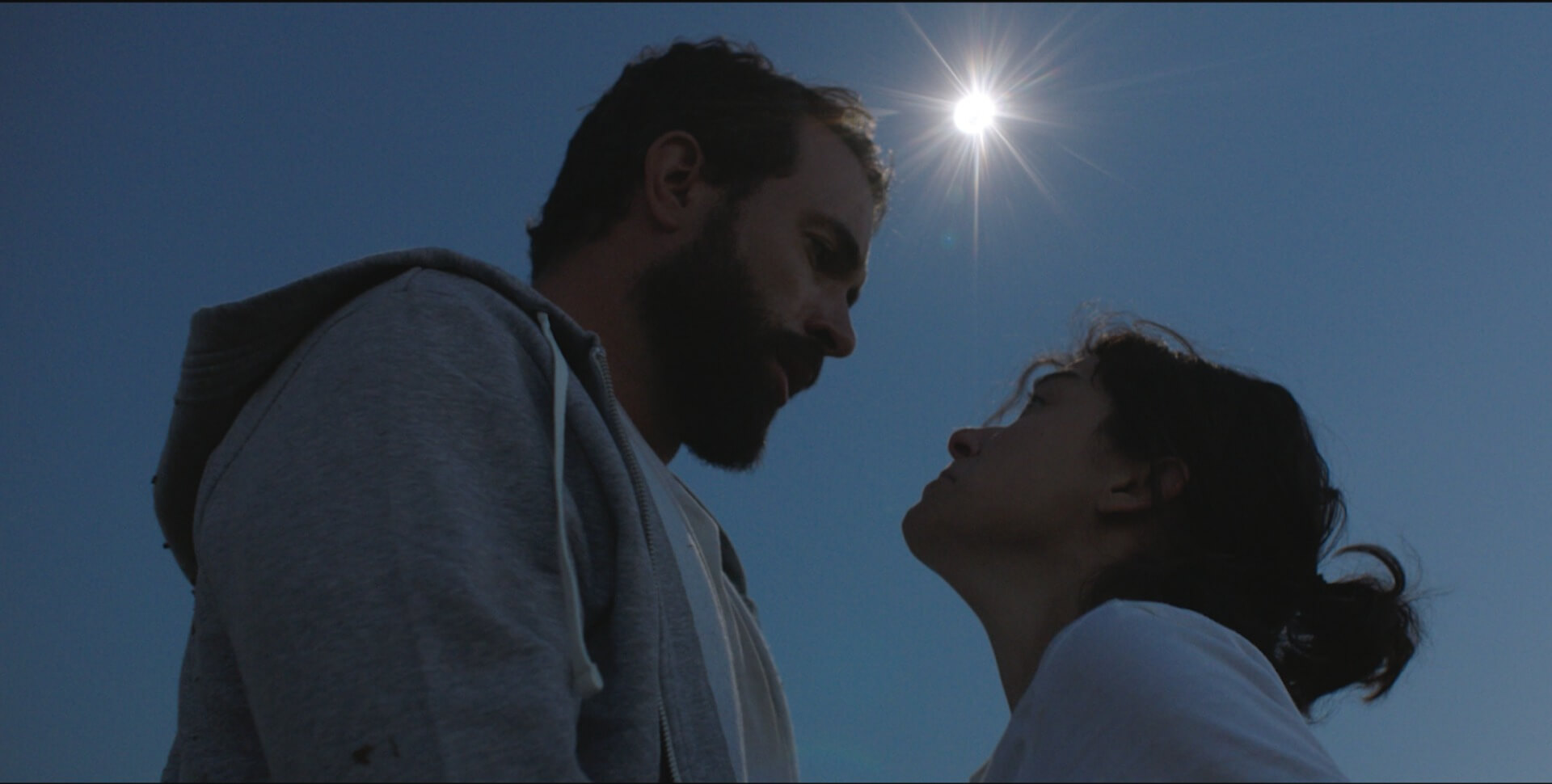Winner of Best Short of the Festival at the 2018 Raindance Film Festival
1. How does a director best guide their cast and crew towards creating the best version of a particular project?
Kindness and gratitude for sure, most importantly. It’s a collaborative, family-like process. I’ve always felt that if you cast & crew a film with really smart, diverse, talented and passionate people - who challenge you creatively and suggest great ideas - then you can’t really go wrong. The director has to have a clear vision of what they want to say and how they want to say it - but the truth is we’re all standing on the shoulders of those who are so talented in their respective fields! I love getting the best out of people so they feel ownership and pride in what they do. The accomplishment is something we feel all together — this is very true of Souls of Totality. When I called cut on the last eclipse scene the cast and crew were overcome by the alchemy of what we’d just all been a part of. It was a real family made film - among us were six married couples, four sets of siblings, and three complete family units, who’d all spent a week sleeping in tents, cooking, cleaning, & working 18 hour days together — that eclipse scene summed up what was such a profound and beautiful experience for everyone involved. Something that none of us would ever forget.
2. What lessons were learned during this production that you'll be sure to take with you going forward?
To trust my instincts on the day. Normally there’s so much planning involved before the shoot day, but on this, we just didn’t have time. So I had to rely on my first creative instincts as we got onto set. It was very freeing in a way. Everything felt more honest.
3. How did you best set yourself up for success to achieve the shot with the eclipse?
The final eclipse sequence was designed to be as immersive as possible - It wasn’t about looking up and seeing the eclipse, anyone can go on YouTube and do that. I wanted a single, continuous shot that focused on Tatiana Maslany’s character - and allowed the audience to feel her desperation of not knowing whether the person she loves is alive or dead. We rehearsed the sequence for 4 days before the eclipse, using NASA data and GPS coordinates to precisely time the performances to the exact beginning and end of totality. Science took out all the guesswork for us and we planned it like a dance choreography. I knew it would be a high wire act with no safety net but I had total faith in the cast and crew that we could pull it off. Everyone put in the work and dedication to ensure we were ready. When the time came everyone was 100% focused and followed what we had rehearsed. I’m most proud of Tatiana and Tom, who under immense pressure gave such beautiful performances.
4. Beyond wanting to put something on film that's just absolutely cool as hell, what is it that most attracted you to this project?
Just the desire to create again. After my first film, Desert Dancer, I struggled a bit. I was so proud of the cast on that film, they worked so hard - but I felt that I personally hadn’t found my voice. Since I made that film lots had changed in my life. I’d become a father and I had felt this big emotional shift in my core being. I wanted to see how that would effect me as an artist. And of course, it changed everything.
5. From where have you learned the most as a filmmaker and storyteller?
When I was a teenager, I got a few days of work experience on the set of ‘Shadowlands,’ directed by Lord Richard Attenborough. Spending a few days on his set, watching him work, was one of the most incredible experiences of my life. He was so kind and generous and loving to his actors and crew. He created such a safe and collaborative space, where anyone could approach him with a thought or an idea - that’s what influences me… not just the memory of a master at work but how he did it.
Watch Souls of Totality below
